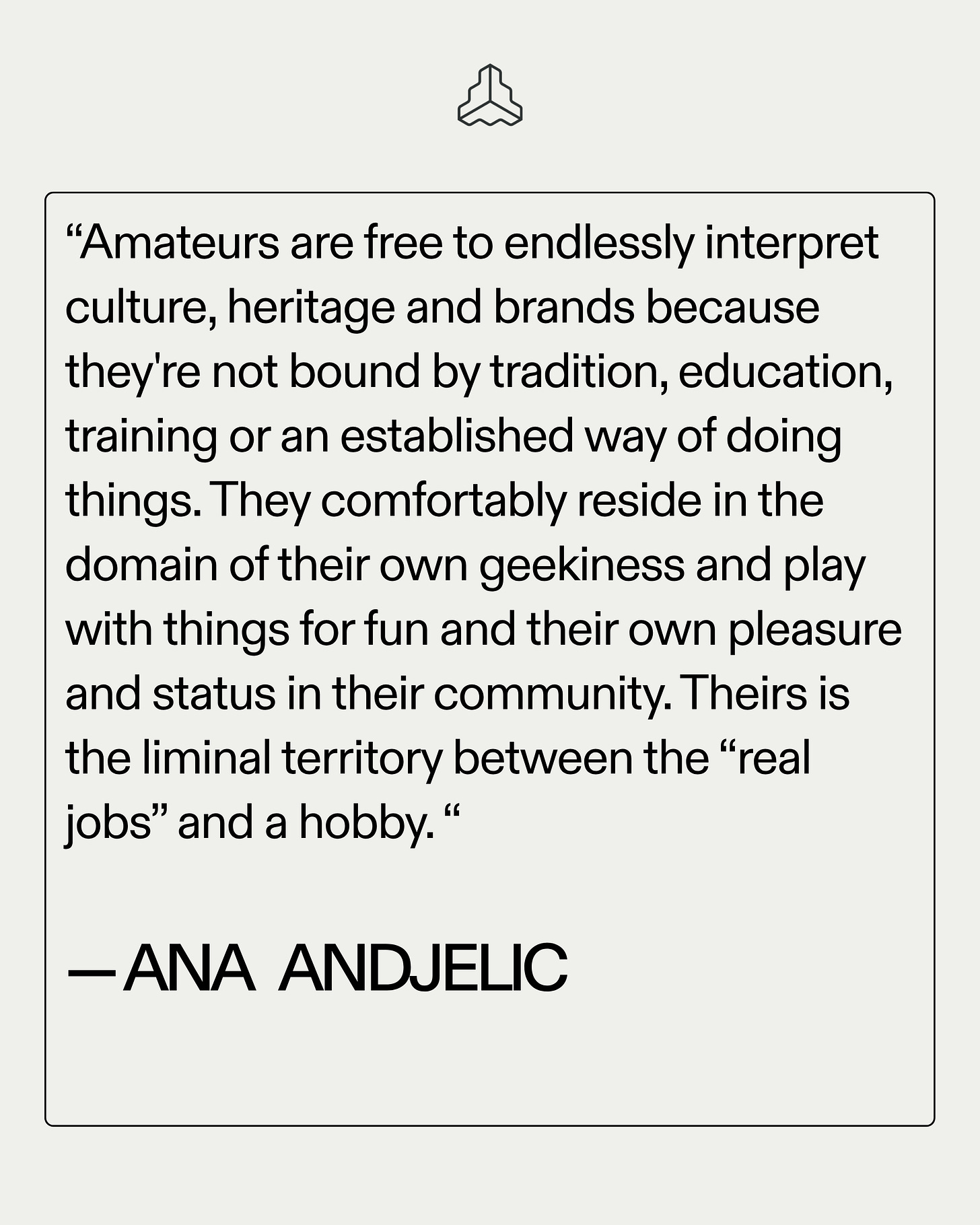Forget reach; worship is the real KPI. When Harajuku sneakerheads camp overnight for a drop or Swifties trade friendship-bracelet lore in the stadium rafters, they’re not “engaging”, they’re consecrating.
A few years ago, there was a legitimate fear of Beyhive or Lady Gaga’s Little Monsters, or any other rabid fandom that descended on any unwitting soul who dared to challenge their idol. This is an extreme format, but fans are often fanatics. A form of obsession is a requirement of fandom.
At this level, fandom rewires the brand-consumer contract: a logo becomes a liturgy, merch becomes a talisman, a transaction becomes a ritual. In feeds flooded with AI slop and spon-con, the one asset that can’t be mass-manufactured is irrational devotion - the willingness to tattoo a tagline, decode Easter eggs at 2 a.m., or defend a product choice as if it were personal identity.
Superfandom is an economic engine hiding in plain sight. A core 5-10 % of ride-or-dies can generate upward of 50 % of a brand’s revenue through premium editions, resale ecosystems, and word-of-mouth evangelism that paid media can’t match. But the same intensity that fuels lifetime value can flame out fast when fans feel exploited or unheard.
The reading list here helps unpack the sociology of these tribes—how they self-organize, create their own status hierarchies, develop their own lexicon, and weaponize platforms for collective action—and map the tightrope creators and marketers both have to walk to convert passion into profit without draining their audience’s trust.
How to capitalize on fandom by Ana Andjelic: How treating superfans as co-creators—giving them tools, lore and limited-edition layers—can drive brand evangelism and become a self-financing growth engine.
“In My Weekend Only World”: Reconsidering Fandom by Henry Jenkins: Reframes fans as everyday cultural producers who toggle between normal routines and passionate weekend immersion, challenging the stereotype of the always-obsessed superfan while spotlighting their creative, community-driven power.
How Japanese Superfans Redefined What It Means to Be Obsessed by Nick Haramis: Explains how Japanese "otaku," or superfans, who pursue their interests with extreme dedication, have transformed global fandom by elevating the status of enthusiasts and actively shaping popular culture.
The Reign of the Great Fashion Amateur by Ana Andjelic: TikTok stylists, Depop sellers and DIY up-cyclers are toppling traditional gatekeepers, forcing luxury houses to court amateur taste-makers for relevance and revenue alike.
The Strategic Genius of Taylor Swift by Kevin Evers: How Swift tiers access, storytelling, and scarcity to monetize her most devoted fans.
The Otaku Culture and Its Cultural Ramifications by Cecilia B-Ikeguchi: Academic deep-dive tracing otaku’s rise from stigmatized subculture to global fandom powerhouse—and the social psychology behind it.
In 2024, Fandom Conquered the World by Angela Watercutter: Argues that “stan logic” now drives everything from U.S. elections to K-pop street protests, proving fans are today’s most potent political unit.
The K-Pop King by Alex Barasch: Explores how the web’s instant access erodes “clout” and pushes tastemakers to cultivate deeper, niche communities—i.e., superfans—for relevance.
The Diminishing Returns of Having Good Taste by W. David Marx: Explores how the web’s instant access erodes “clout” and pushes tastemakers to cultivate deeper, niche communities—i.e., superfans—for relevance.
This article is part of the curated series that Barr Balamuth and I are editing for Frontify.












So excited to dig deeper into this reading list. I’m currently writing a fantasy novel that explores fan culture (having been deep in it myself at many times in my youth, and even now to a certain degree).
So much gold in here.